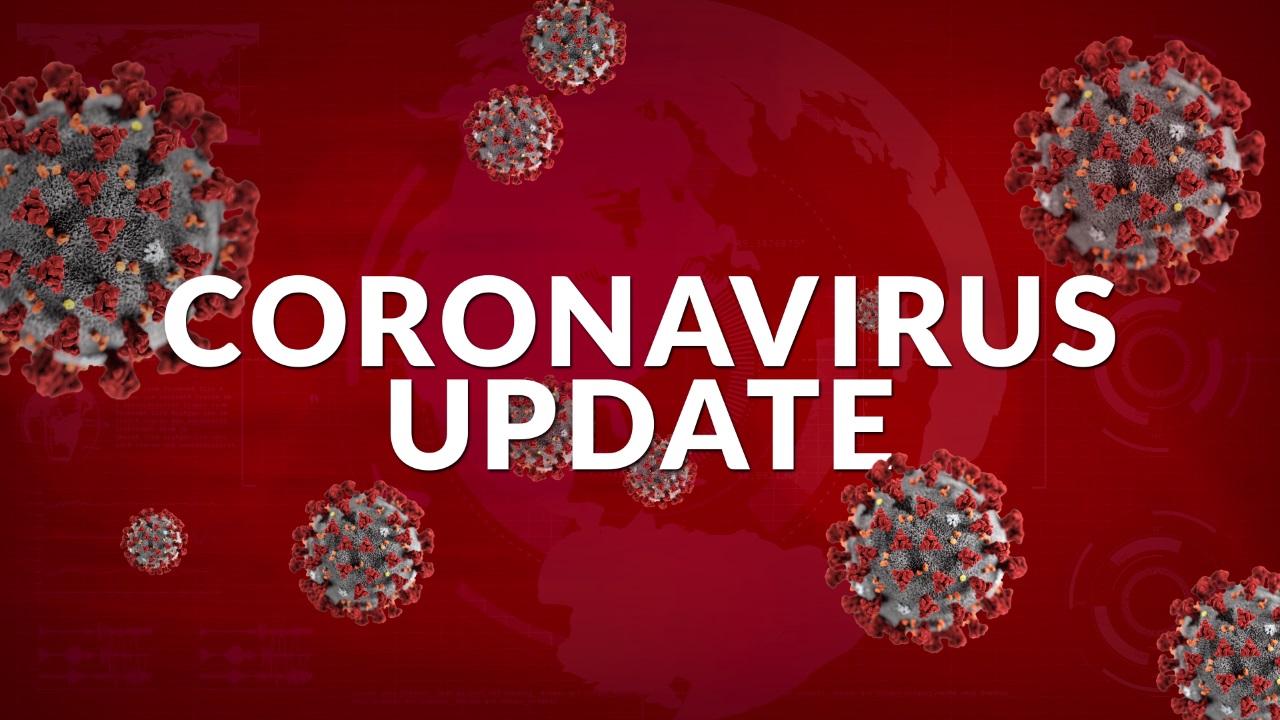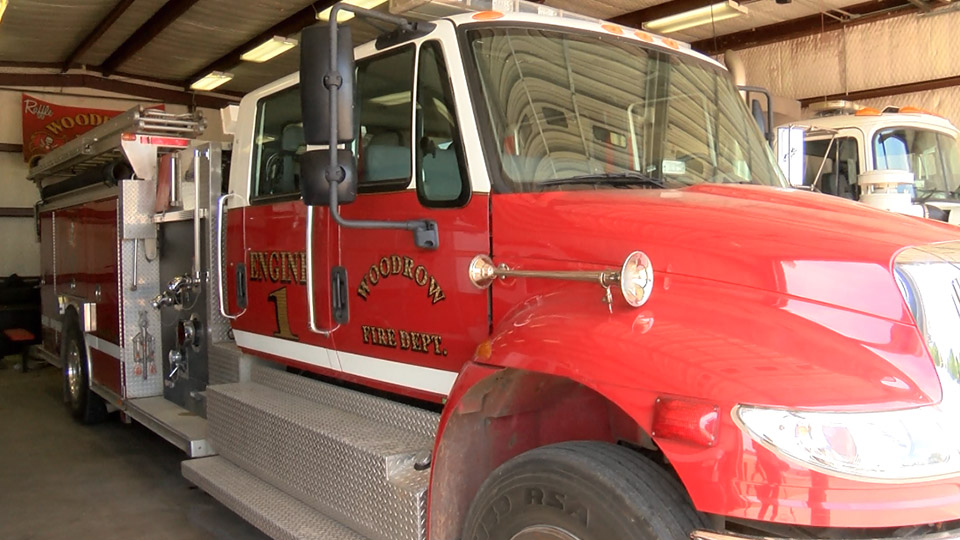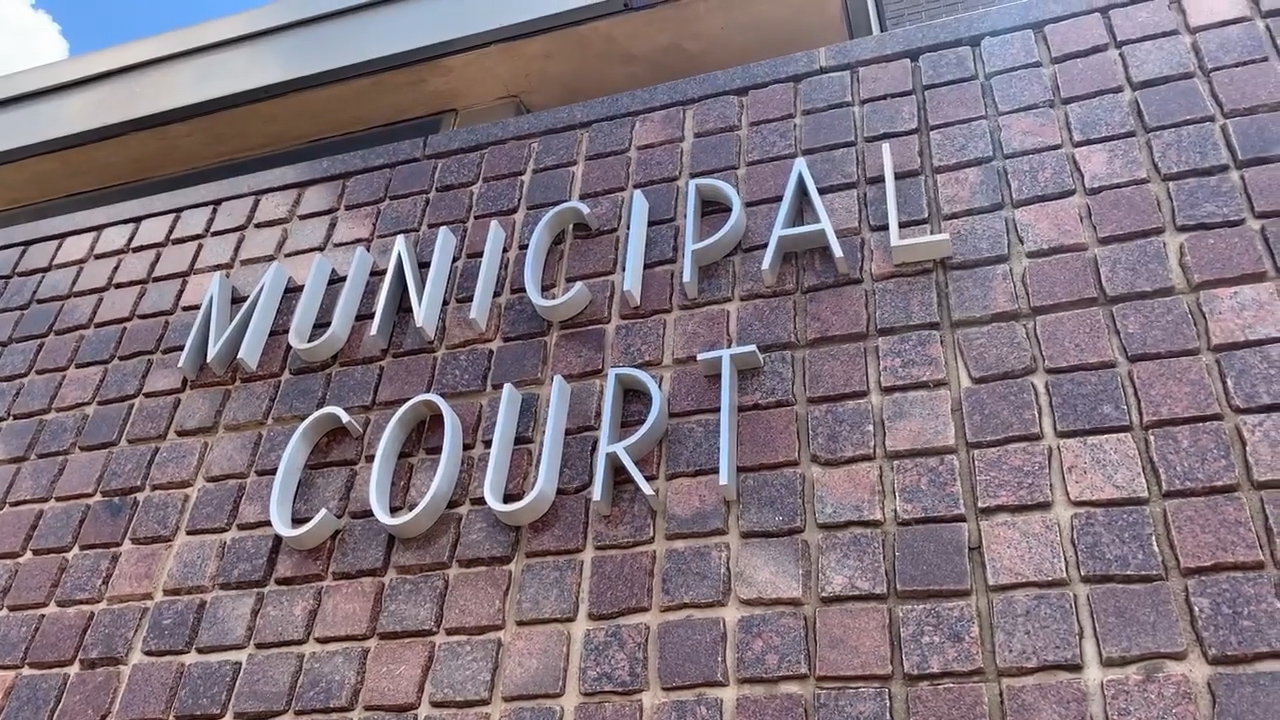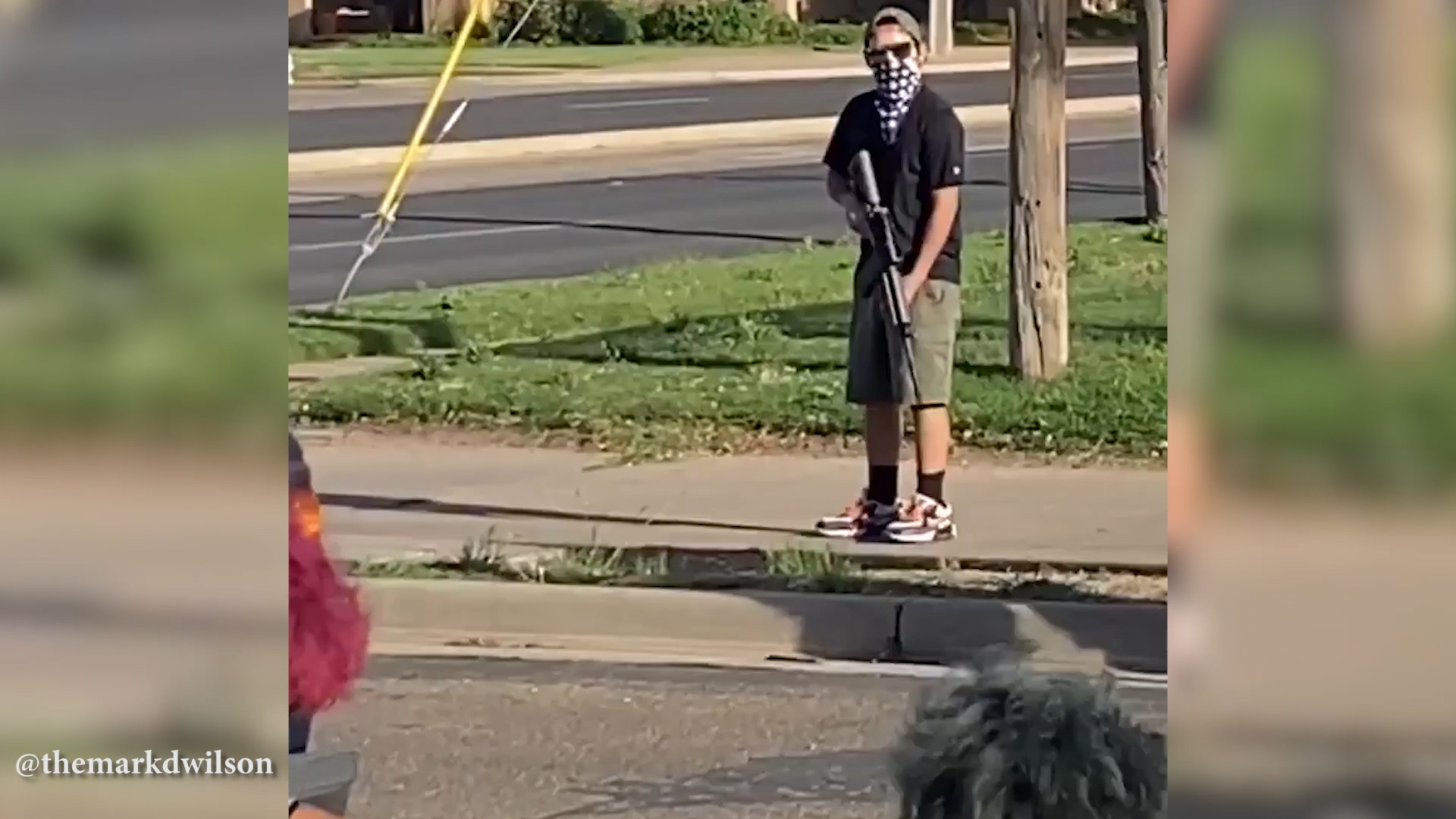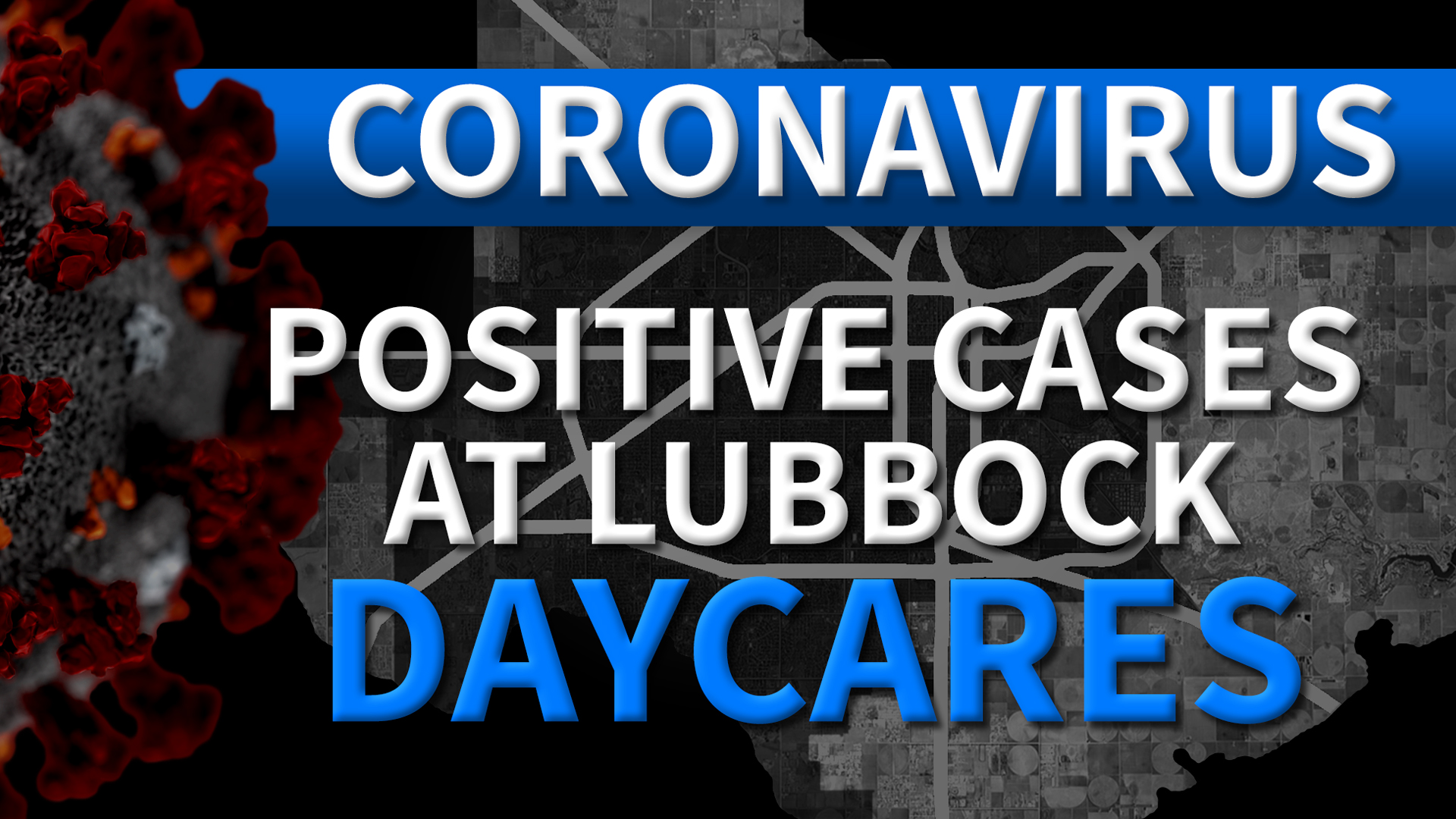John Nehme knows how difficult it is when it comes to identifying victims of sex trafficking.
“Victims don’t self-identify as victims,” he said.
Nehme is with Allies Against Slavery, an organization based in Central Texas focused on supporting survivors, publishing research and working with partners who provide services to victims.
“The responsibility is on us to get better at recognizing if it’s happening,” he said.
However, providers and support groups often face challenges when it comes to gathering information about a victim, or someone who may be one.
“Often, what Service Provider A is seeing and experiencing with a survivor is not being passed on to what Service Provider B or what law enforcement is seeing with that individual,” Nehme said. “So the coordination of care becomes incredibly challenging.”
Allies Against Slavery has an identification tool their partners use, where they’re able to store notes about physical and social signs of the individuals they come in contact with. They use that information to figure out what resources are needed.
Research from Allies Against Slavery and the University of Texas, published in 2017, shows there are an estimated 79,000 minors and youth who are sex trafficking victims in the state.
The Texas Department of Family and Protective Services and the Texas Juvenile Justice Department is currently in the process of rolling out a new screening tool that will be used statewide when identifying youth victims of sex trafficking.
“If your expectation is that the child is going to disclose, you’re missing a lot of them,” Kimberly Grabert, director of human trafficking and child exploitation, said.
The Commercial Sexual Exploitation Identification Tool (CSE-IT) is from WestCoast Children’s Clinic in California. The non-profit says it’s currently being used at more than 80 agencies in California, Montana, New Jersey and North Carolina. People using the tool don’t interview the children they work with. Instead, they score their level of concern based on the information they have and see regarding physical and social signs.
“These types of tools allow us to look at those components that are circumstantial,” Grabert said.
Andrea Sparks, director of the Child Sex Trafficking Team under Governor Greg Abbott’s office, said it will be a critical learning process for all agencies as they start using this tool. While the tool is free, a $50,000 grant from the office will help pay for training.
Grabert says the goal of having this tool available in Texas is to prevent caseworkers, therapists, providers, special investigators and anyone else involved with caring for the child who may be a victim from making decisions in isolation.
“When you get them all together, you don’t get holes in your safety net,” Grabert said.
The tool will be used with any child recovered from a runaway episode or child that comes forward with a sex trafficking allegation, Grabert said. A spokesperson from the Texas Juvenile Justice Department said they’re in the process of building it into their automated systems. Intake staff will begin to use the tool in the next month and Juvenile Probation Departments will come online this spring as each department has their staff trained.
Grabert hopes the tool will also help with building specialized intervention services, specialized placements and can strengthen provider infrastructure that already exists. In addition to that, data that comes in through the tool can draw a statewide picture of what’s happening in Texas communities.
“It’s the opportunity for every single person in the state of Texas to step up,” she said.











